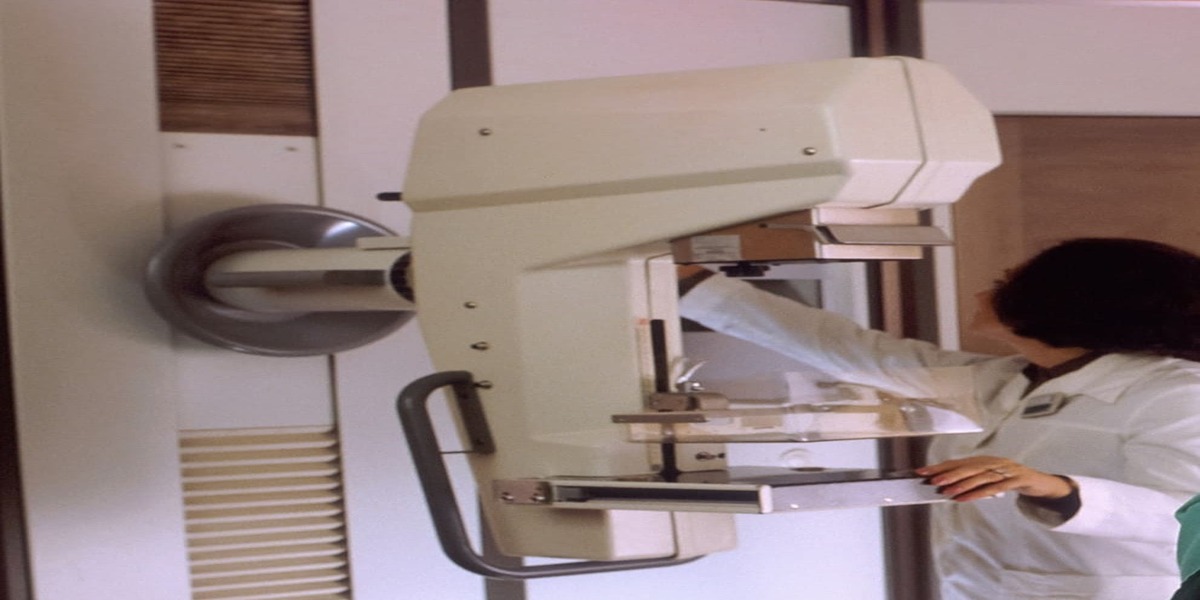As imaging centers have seen across the country, volumes continue to increase without any signs of stopping. On top of this unprecedented demand for services, imaging needs more technologists and radiologists.
While hiring more on-site radiologists seems to be the easiest and most effective answer, it is now the most challenging task. Imaging centers must work around this shortage using impactful methods with the limited resources or radiologists they can.
Strategies for Efficient Workflow
Time Management between Procedures
Given the struggle to recruit on-site radiologists for modalities such as mammography, leaders must look at their workflow and evaluate the time of each procedure. Can a site reduce the time per procedure?
Even if the study is scheduled for thirty minutes but only takes twenty minutes, the difference can add multiple more exams per day, significantly increasing the volume per month.
Maintaining Proper Schedules
Another way to utilize the radiologist team further is to dedicate staff to ensure each slot gets used, and if a patient cancels, another patient can take that time point. Hence, the radiologist has a full schedule for each day, leaving no opportunity unused. This point person can also ensure the order is correct, send out reminders to the patient, and ensure pre-authorization if needed, has been obtained.
In short, there is no one-size-fits-all method to improve workflow, with organizations struggling to recruit and retain radiologists. A close working relationship with radiologist leadership can help spawn new creative ideas to get us through this massive surge in healthcare demand.
This relationship will help improve access, monitor employee burnout, and improve the patient care experience by creating new innovative solutions in the future.
Frequently Asked Questions
1. How can technology, such as AI-powered image analysis and automation, be leveraged to improve workflow and efficiency in radiology settings with limited resources?
AI-powered analysis has shown great promise in helping staff understand the need for additional images if the quality is questionable. This can be caught during imaging and helps improve patient satisfaction by decreasing the need to return for additional imaging.
Radiologists can then have quality images to view and read without needing to stop and note any quality issues to report to the technologist staff.
2. What amenities or features can be used in an imaging center to enhance the patient care experience, such as comfortable waiting areas or personalized attention?
Patient educational materials that explain exams to the patient in a non-medical language can help them understand what they are going for and better prepare them for their procedure.
These can be provided at the imaging center or provider offices so the patient can better prepare their questions.
Having a patient portal that provides real-time results is becoming more of an expectation. Patients often expect results within 24 hours and expect a call from their provider. This portal offers information at the touch of a finger.
3. How can the high demand for imaging services be managed, and what steps are taken to ensure timely patient access?
Radiology departments are experiencing an increased need for services and, at the same time, a staffing shortage.
For facilities part of a larger organization, using a technologist pool, splitting resources between facilities, or adjusting hours are easy and creative methods to stretch what staff you may have.
Streamlining protocols by working with the radiologist can help place more patients on the schedule in the same amount of time.
Using tech-extenders, which once were disappearing positions, now offer a helping hand in preparing, screening, and escorting patients. This decreases the time the technologist needs to spend with the patient.
4. How do you ensure clear and effective communication between radiologists, therapists, and patients, especially in cases with limited availability of healthcare professionals?
With the increased study volume, having a radiologist discuss results with a patient can be challenging.
Having a navigator that can add notes in the patient chart and discuss results from the radiologist can help bridge the gap between patient and provider. Mammography is an area that has seen this increase in demand and helps improve patient satisfaction by having a clear line of communication with someone with a deep understanding of the modality.
Ensuring radiologists are involved in tumor conferences is another way to help both the patient-provider and radiologist understand the needs of each, which benefits the patient in the end.

